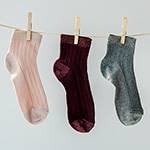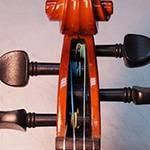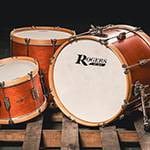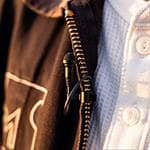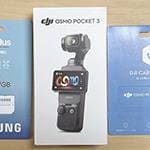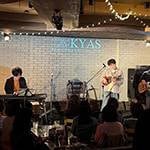I’m taking a break from production articles this month (it's really hard work).
As I have written before, I have never bought speakers that look like speakers when I built my own sound system.
It may sound like a misnomer to say so, but I believe it’s natural to make my own speakers because I can adjust the sound as much as I like.
When I was in high school, I bought my own stereo equipment for the first time in my life with money from my part-time job.
My memory is hazy, but the amplifier was a DENON PMA-510 and the cassette deck was a TEAC V-5RX.
However, the key speaker was missing. Actually, my budget almost ran out at this point. I had two full-range FLAT8 from CORAL that my brother had taken out of his old car…, So…I went to a home improvement store with the rest of my allowance and bought two 180cm x 90cm boards!
I drew lines on it based on the blueprints. Then, I asked my uncle to cut it with a cut saw to assemble the box.
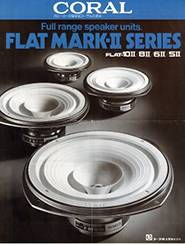
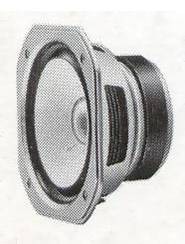
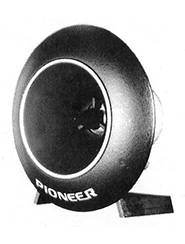
Furthermore, using the bus fare to school the following month and the month after that, I added two Technics EAS-10F10 full ranges and a Pioneer PT-8D tweeter.
The 3-way system was complete.
I had read articles in various magazines (MJ: Audio Technology an Audio / Video & Electronics magazine at the time) and had an ideal system in my mind, but I was a high school student at the time. It was a system that was not even one-tenth of my ideal in terms of financial capability and just made a sound. However, I was proud of the system at that time. I was proud of the fact that I had put it together on my own without any help or support from my parents.
When I moved to Tokyo, I brought my amplifier and deck, but I could not bring my speakers weighing nearly 20 kilograms each. So I asked my sempai to replace my prized speaker system with a small 2-way Technics speaker.
Fifteen years later, I reached my ideal system with the equipment I had collected.
There is a preamplifier, a channel divider, and three stereo power amplifiers for 3-way.
The speakers played by these amplifiers were also my own creations, but they were unprecedented masterpieces.
I was going to use 38cm woofers, but I really wanted to use Twin woofers. So I prepared four Fostex FW305 30cm woofers.
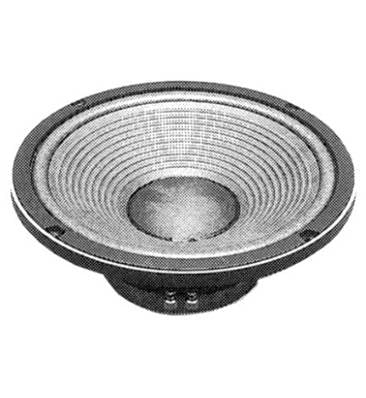
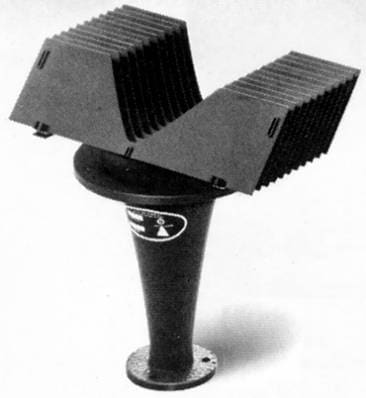
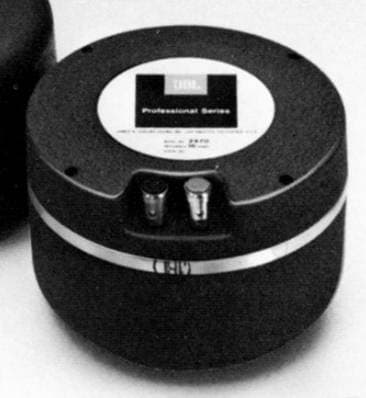
I used a JBL HL-91 horn I found in Akihabara, a JBL driver2470 I brought back from Arizona on a business trip to the US (two 5Kg each) for the acoustic lens, and an AIDEN AT-7000 super tweeter for the high frequencies.
There was no way a box could fit these speakers, so I set about building one myself. It took more than two months to complete.
I bought boards at Tokyu Hands in Ikebukuro and had them cut to the specified size by a cutting service. I also obtained scrap wood from a nearby house construction site to make a twin-woofer bass reflex system measuring 75 cm long, 90 cm wide, and 70 cm deep.
Of course, no nails or screws were used.
It was an extraordinary speaker system, a dream of mine since childhood.
However, the sound was outrageously bad. The output balance was bad and the frequency connection was poor.
In fact, this is the hardest part!
I spent many days changing channel divider cutoff board modules (about 15,000 yen each), cutting and trying, listening to, and adjusting the output balance over and over again.
Finally, I got to the point where I thought it was good enough.
And then, two ONKYO M-509 Integra were used through Yamaha B-1, LUXMAN, and other power amplifiers.
The system became a large system with two self-made J-FET monaural power amplifiers after a JBL power amplifier for the high frequency range.
Once, my friend came to visit me and he said that the Bose 802 he heard at his friend's house sounded really good. So, I played “Enter Sandman” by Metallica at a very loud volume to show him how truly good the sound was.
My friend just stood there speechless with his mouth gaping open.
When I asked him, “How does it compare to Bose?” He only sighed at those sorts of questions.
Finally, he said “It’s totally different....”
I myself liked it quite a bit and listened to it every day. But, using this homemade speaker as a large monitor when making a sound source for the band was the beginning of a big mistake.
I built it to produce the sound I like, so the sound source monitored by this speaker was incredibly unbalanced when played back on other playback devices.
Here, I realized for the first time that speakers for listening are completely different from those for monitoring.
This led me to build my own speaker system for monitors.(I should have quit right then)
I aimed for a cohesive sound with a 16cm full range, but this also failed.
The reason is that the vocals were too pronounced. So, even if I thought I had balanced the sound, when I listened to the mixed-down sound source on other playback devices, the vocals were pulled back.
Furthermore, because the low and high frequencies were difficult to hear, the bass and treble tended to be turned up in the final mix, resulting in a very grating sound.
I also tried a small Fostex speaker, but it was difficult to work with due to the fact that it was hard to determine the size of the overall sound image, so I dismissed that as well.
I got an oldYamaha NS-10, replaced the capacitors in the network and a new unit, and finally settled down.
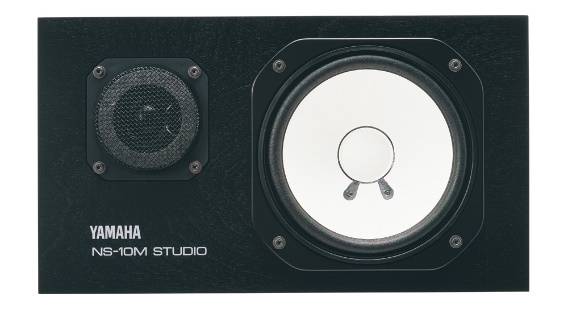
Somehow I came to understand why so many engineers choose it. After all, balance is important.
There are other similar swamps, such as analog players and guitar amps, but I'll leave it at that for now.
I hope readers will not get swamped with excessive equipment.






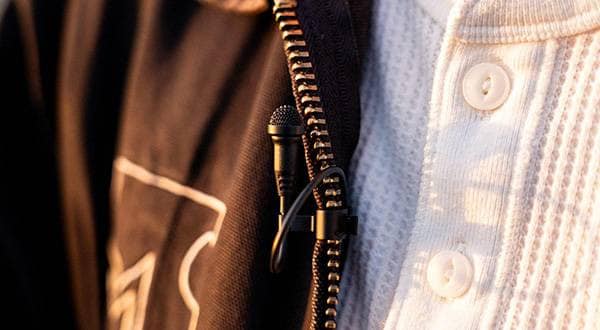
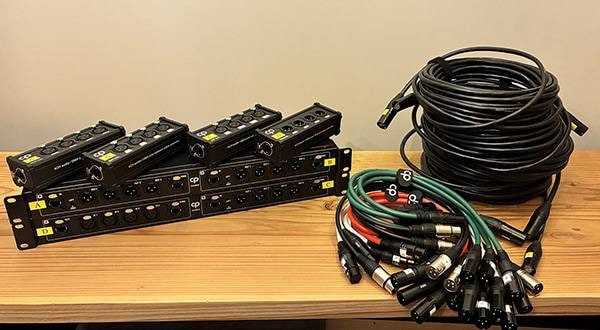
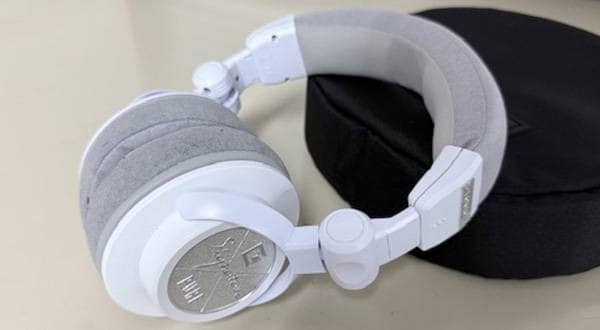
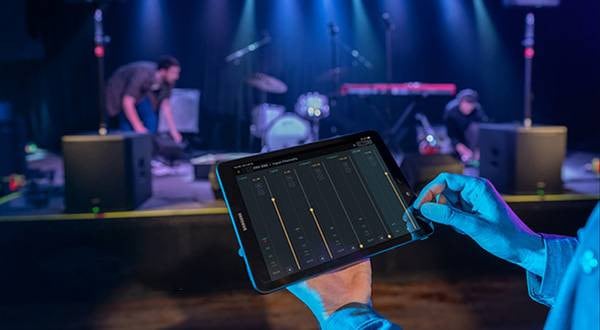
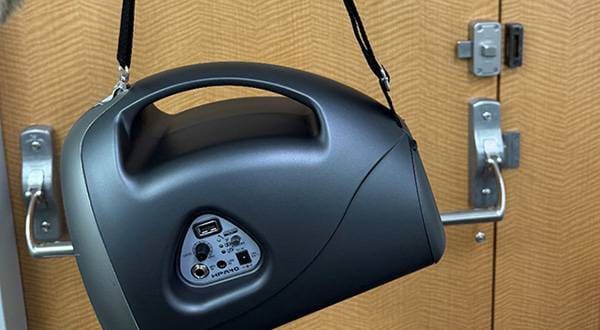
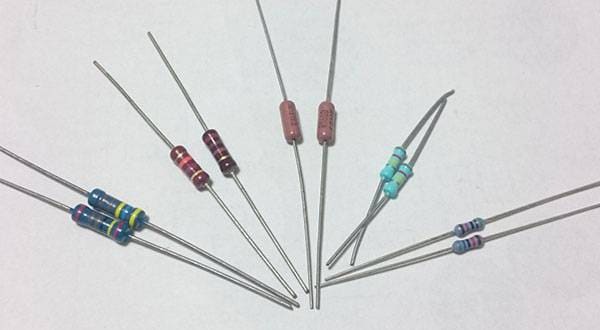
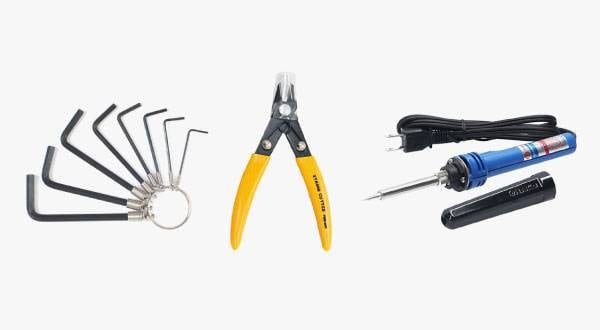
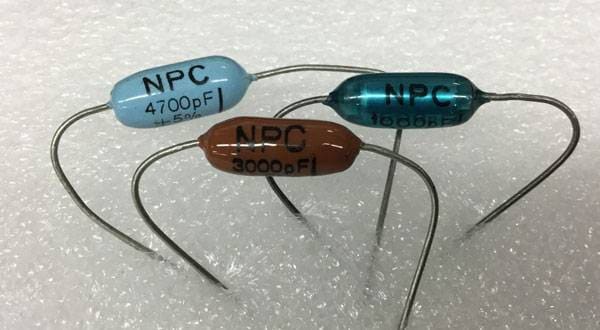
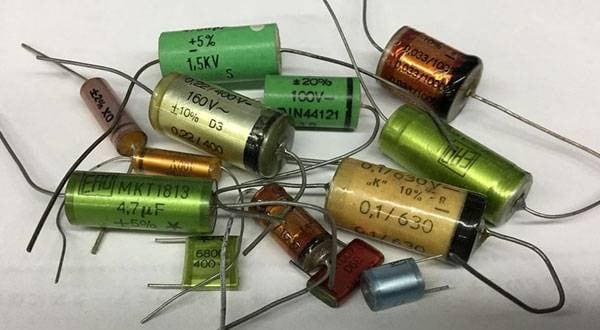
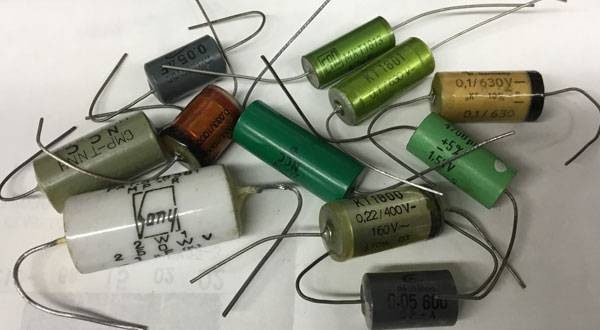
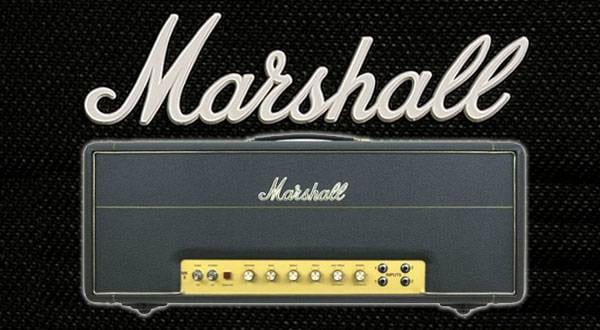
 YAMAHA パワードモニタースピーカー MS101-4
YAMAHA パワードモニタースピーカー MS101-4
 Neumann KHモニタースピーカー
Neumann KHモニタースピーカー
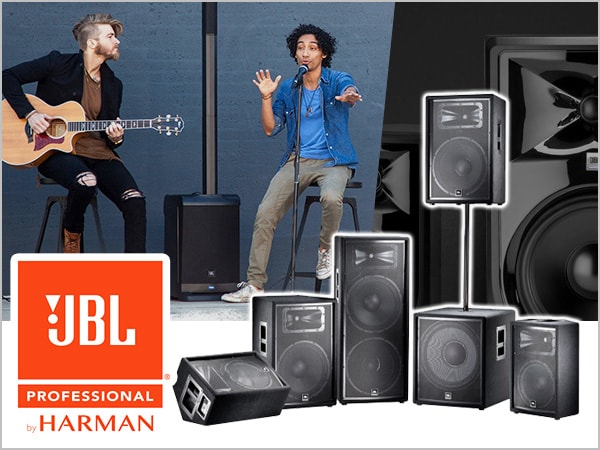 JBL スピーカー特集
JBL スピーカー特集
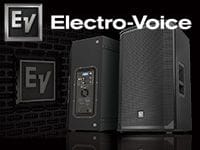 Electro-Voice スピーカー特集
Electro-Voice スピーカー特集
 スタジオモニタースピーカーを選ぶ
スタジオモニタースピーカーを選ぶ
 スピーカーユニット交換
スピーカーユニット交換
